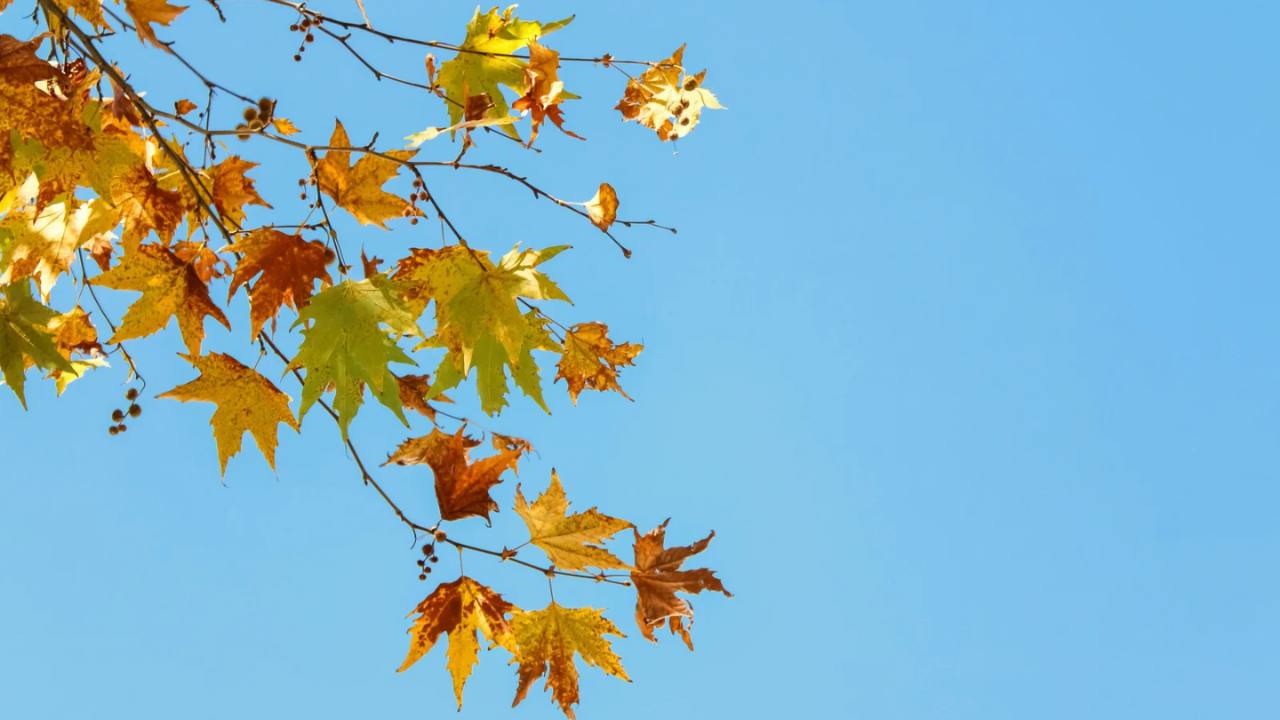青葉は何色?/What colour is "青葉" ?
こんにちは、いろはです。
今日は、江戸時代の俳人・山口素堂(やまぐち そどう)の一句をご紹介します。
Hello, this is Iroha.
Today, I’d like to share a classic seasonal haiku by the 17th-century poet Yamaguchi Sodō:
目に青葉 山ほととぎす 初鰹
(めにあおば やまほととぎす はつがつお)
Me ni aoba/ yama hototogisu/ hatsu gatsuo
"Green leaves to the eye,
a cuckoo in the mountains,
and the season’s first bonito."
この句は、初夏の三つの風物詩を描いた、とても有名な季語の組み合わせです。
-
目に青葉:目にまぶしいほどの若葉の緑
-
山ほととぎす:初夏に山から聞こえてくるホトトギスの鳴き声
-
初鰹:この季節に初めて水揚げされるカツオ。江戸の人々がとても喜んだ初物の味覚
視覚・聴覚・味覚のすべてで、初夏を感じる一句ですね。
This famous haiku captures three signs of early summer in Japan—
what you see (fresh green leaves), hear (a cuckoo’s call), and taste (first bonito of the season).
It reflects the Japanese love of nature’s transitions, celebrated through all the senses.
なぜ「青葉」と書いて「緑の葉」の意味?
日本語では、緑のものでも「青」と表現することがよくあります。
たとえば:
-
青信号(実際には緑)
-
青りんご
-
青菜
-
青年(若くて未熟な意味も)
これは、日本語における伝統的な色彩の感覚が、現代よりもずっと大きな範囲を「青」として捉えていたことに関係しています。
Why is “aoba” written with the character for “blue”?
In Japanese, even things that are green are often described as “ao” (青), which usually means “blue.”
Examples include:
-
Green traffic lights, called “blue lights” (aoshin-go)
-
Green apples (aoringo)
-
Leafy greens (aona)
-
Young people (seinen)
This is partly due to how colours were traditionally understood in Japanese.
古代日本語における色の表現
奈良時代以前の日本では、色を表す言葉は「赤」「青」「白」「黒」の4つしかなかったと言われています。
Ancient Japanese colour categories
In ancient Japanese (before the Nara period), there were only four main words used to describe colours:
aka (red), ao (blue/green), shiro (white), and kuro (black).
そのため、「青」は非常に幅広い意味を持ち、現在の「緑」だけでなく、藍色や青、紫、さらには灰色までも含んでいたと考えられています。
Because of this, “ao” once referred to a much wider range of colours—including not only blue and green, but also indigo, violet, and even grey.
つまり「青葉」は、「青色の葉」ではなく、みずみずしい緑の葉を表しているんですね。
So when we read “aoba” (青葉), it doesn’t literally mean “blue leaves,”
but rather fresh green leaves.
こうした言葉の感覚も、日本語の美しさのひとつだと感じます。
This poetic way of seeing colour, season, and growth is one of the many subtle beauties of the Japanese language.
次回は、「初物」文化や、カツオの話にも少し触れてみようかと思っています。どうぞお楽しみに!
– いろは
In the next newsletter, I’ll talk about “first-of-the-season” foods like hatsugatsuo (first bonito) and what they mean in Japanese culture.
See you soon!
– Iroha






Responses